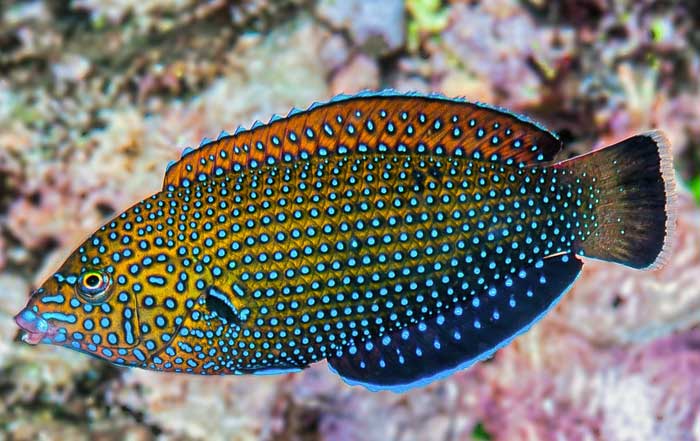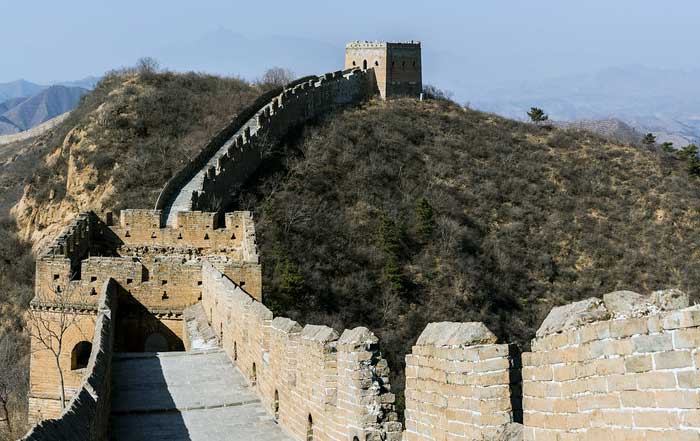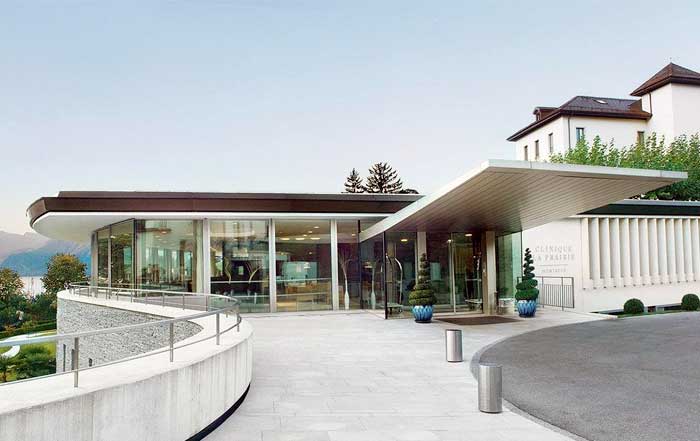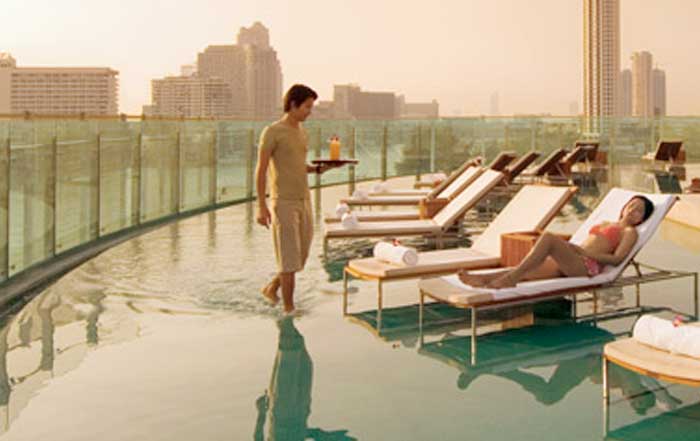The travel industry has long been both a marvel and a challenge. On one hand, it connects people across the globe, fostering cultural exchange, economic growth, and shared experiences. On the other, it has been a significant contributor to environmental degradation through carbon emissions, resource depletion, and overtourism. As the world gravitates toward a more sustainable future, the intersection of technology and sustainability is reshaping how the travel industry operates. From optimizing energy use in hotels to revolutionizing transport with eco-friendly innovations, technology has become the linchpin of green travel practices.
The Environmental Impact of Travel and Tourism
Travel and tourism account for a substantial portion of global carbon emissions, with aviation, accommodation, and transport sectors leading the charge. Beyond emissions, the industry’s impact extends to waste management, biodiversity loss, and water scarcity in tourist-heavy regions. Destinations are increasingly grappling with the adverse effects of overtourism, which strains local infrastructure, depletes natural resources, and erodes the cultural authenticity of many locales.
Yet, the urgency for change has never been clearer. Governments, businesses, and travelers themselves are acknowledging the need to mitigate environmental harm while continuing to enjoy the benefits of global travel. In this context, technology emerges as a powerful tool to implement sustainable practices and reduce the ecological footprint of tourism.
Smart Technologies in Transportation
Transportation is one of the largest contributors to the travel industry’s carbon footprint, and innovative technologies are spearheading the transition to greener alternatives.
Electrification of Vehicles
Electric vehicles (EVs), including buses, cars, and even ferries, are becoming increasingly prevalent in popular tourist destinations. Major cities are investing in EV infrastructure, with charging stations proliferating to support eco-conscious travelers. Autonomous electric shuttles are also being piloted in urban areas and nature reserves, providing a seamless and environmentally friendly mode of transport.
Sustainable Aviation Technologies
The aviation industry is undergoing a transformative shift with the development of alternative fuels and innovative aircraft designs. Sustainable aviation fuels (SAFs), made from feedstocks like algae or waste materials, reduce lifecycle emissions significantly compared to traditional jet fuels. Additionally, electric and hybrid aircraft are being designed to cater to short-haul routes, offering a glimpse into the future of low-emission air travel. Airlines are also leveraging data-driven solutions, such as artificial intelligence (AI), to optimize flight paths and reduce fuel consumption.
High-Speed Rail as a Green Alternative
High-speed rail networks are emerging as a viable substitute for regional air travel. These systems are powered by electricity, increasingly sourced from renewable energy, and have a much lower environmental impact. Countries like France, Japan, and China lead the charge in expanding high-speed rail networks, making them a central element of sustainable tourism.
The Role of Technology in Sustainable Accommodations
Accommodations play a critical role in the environmental impact of travel, and technology is driving a wave of eco-innovation in the hospitality sector.
Smart Energy Management Systems
Hotels and resorts are embracing smart energy management systems to monitor and optimize energy consumption. These systems utilize Internet of Things (IoT) devices and AI algorithms to adjust lighting, heating, and cooling based on occupancy and external conditions. Guests are also encouraged to participate in sustainability initiatives through room energy controls and incentives for reducing resource use during their stay.
Water Conservation Technologies
Water scarcity is a growing concern in many tourist destinations. Hotels are implementing technologies like low-flow fixtures, smart irrigation systems, and water recycling processes to minimize water wastage. Advanced monitoring systems detect leaks and inefficiencies, ensuring prompt resolution and further conserving resources.
Circular Economy in Hospitality
The principles of the circular economy are being integrated into hospitality operations, facilitated by technology. Waste management systems powered by AI enable efficient sorting and recycling, while food waste reduction technologies help kitchens minimize excess production. Furniture and materials are increasingly sourced from sustainable or recycled inputs, closing the loop on resource use.
Digital Platforms Driving Sustainable Choices
Technology extends beyond physical infrastructure to influence the choices made by travelers and businesses. Digital platforms have become instrumental in promoting sustainable practices across the travel industry.
Green Booking Platforms
Booking platforms now highlight eco-friendly accommodations and activities, allowing travelers to make informed decisions. Certifications like LEED and Green Key are displayed prominently, guiding users toward options that align with their sustainability goals. Some platforms also integrate carbon offset calculators, enabling travelers to compensate for the emissions associated with their trips.
Virtual Reality for Pre-Trip Exploration
Virtual reality (VR) technologies are transforming how travelers plan their journeys. By offering immersive previews of destinations, VR allows users to explore options without physically traveling. This not only reduces unnecessary trips but also helps manage overtourism by directing travelers to less crowded destinations.
Encouraging Responsible Tourism Through Apps
Mobile apps designed for eco-conscious travelers offer insights on sustainable activities, local conservation projects, and community-based tourism. These apps empower travelers to engage with their destinations responsibly, supporting the preservation of natural and cultural heritage.
Sustainable Travel Technology Timeline
Innovations in Destination Management
Sustainable tourism is not limited to individual businesses; entire destinations are adopting technology to mitigate their environmental impact while enhancing the visitor experience.
Smart Cities and Destinations
Smart city technologies are being implemented in popular tourist destinations to improve energy efficiency, manage crowds, and reduce waste. Sensor networks provide real-time data on traffic, air quality, and energy use, enabling city planners to make data-driven decisions. Renewable energy sources are increasingly integrated into city grids, powering attractions and public transport sustainably.
Protecting Biodiversity Through Technology
Conservation-focused destinations are leveraging technology to protect biodiversity. Drones monitor wildlife and enforce anti-poaching measures, while AI-powered analytics help track ecosystem health. Sustainable tourism initiatives often include educational components, where visitors can learn about conservation efforts through interactive technologies.
Dynamic Pricing for Overtourism Management
Dynamic pricing strategies powered by AI are helping destinations manage overtourism by adjusting prices based on demand and seasonality. By discouraging peak-season travel, these systems distribute tourist flows more evenly throughout the year, reducing environmental stress and providing a better experience for visitors.
The Traveler’s Role in Greener Tourism
While businesses and governments play significant roles in promoting sustainable travel, individual travelers are equally important in driving change. Technology equips travelers with the tools they need to minimize their environmental impact and embrace greener habits.
Carbon Offset Programs
Many travel companies now offer carbon offset programs integrated into their booking processes. These programs allow travelers to invest in renewable energy, reforestation, or other environmental initiatives to counterbalance their trip’s emissions.
Encouraging Conscious Consumption
Mobile apps and online platforms educate travelers about their ecological footprints, providing actionable steps to reduce their impact. From choosing public transport to supporting local businesses, these tools foster responsible consumption patterns.
Promoting Slow Travel
The slow travel movement, which emphasizes meaningful experiences over hurried itineraries, is gaining traction. Technology supports this shift by offering detailed guides, local insights, and transportation options that encourage extended stays and deeper engagement with destinations.
Challenges and Future Opportunities
While the integration of technology and sustainability in travel holds immense promise, challenges remain. High upfront costs, resistance to change, and the digital divide can hinder the adoption of green technologies. Moreover, ensuring that technological solutions are themselves sustainable—minimizing energy consumption and waste—is a growing concern.
Nevertheless, the future is bright. Continued advancements in renewable energy, AI, and green innovation will further reduce the travel industry’s environmental impact. Collaboration across sectors—government, technology, and tourism—will be vital in overcoming barriers and creating a truly sustainable travel ecosystem.
A Path Toward Sustainable Exploration
As the travel industry navigates the complexities of sustainability, technology serves as both a catalyst and an enabler. By addressing emissions, resource consumption, and overtourism, innovative solutions are reshaping the industry into a force for environmental stewardship. For businesses and travelers alike, the journey toward greener travel is not only a responsibility but an opportunity to explore the world more thoughtfully and sustainably. Embracing these changes today will ensure that the wonders of travel remain accessible for generations to come. If you want to get into further exploration of technology's impact on travel, visit UNWTO, Sustainable Travel International, and Green Key Global.









